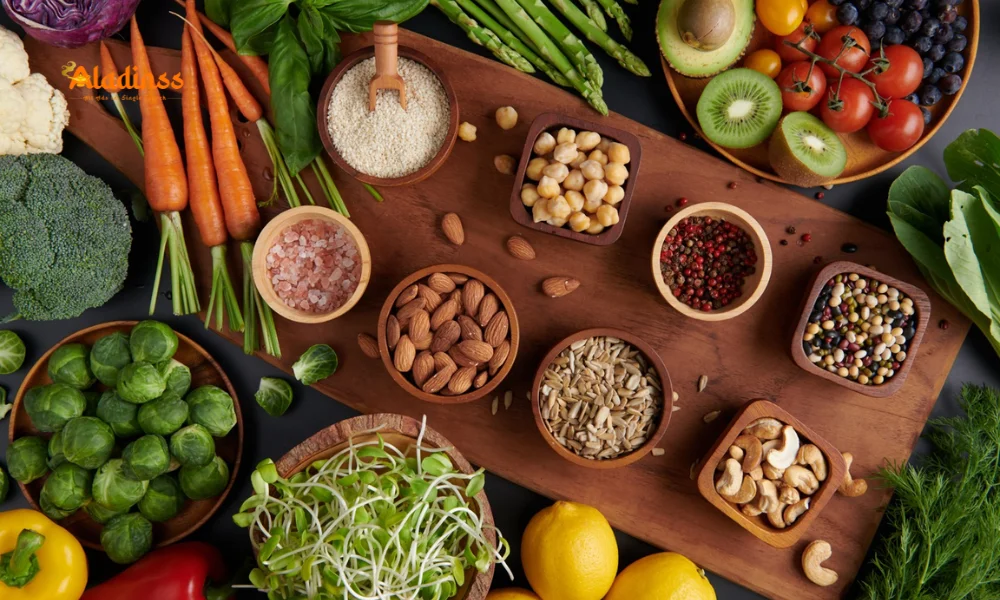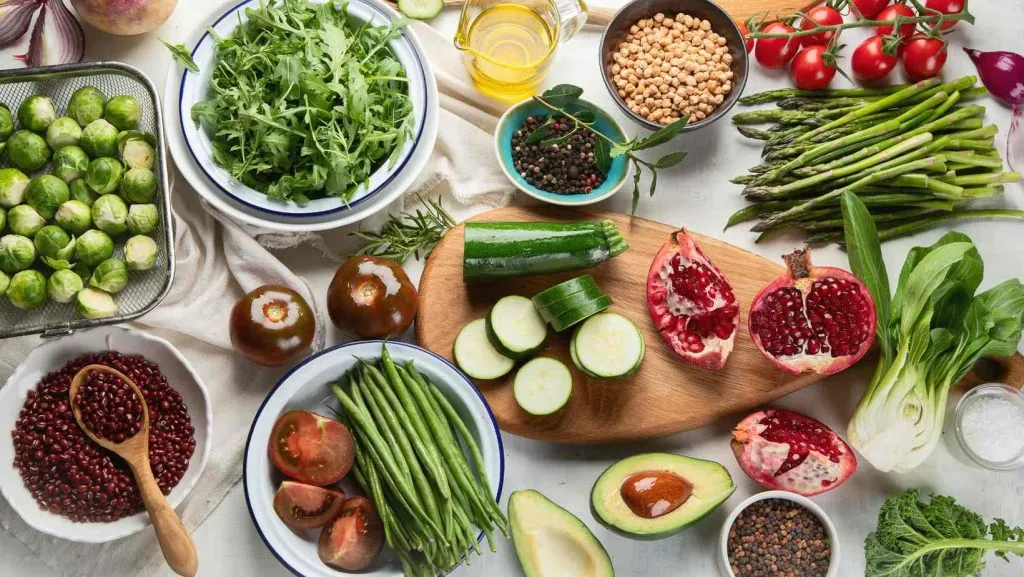Winter 2025 Ayurvedic Diet: Eat Warm, Stay Strong

Winter 2025: Ayurvedic Guide to Foods That Warm and Protect Your Body
As the chill of winter 2025 draws near in just a couple of weeks, prioritizing an Ayurvedic winter diet can be your best defense against seasonal woes. This ancient system of healing emphasizes balancing the body's energies with nature's rhythms, especially when cold winds sap vitality and weaken defenses. By focusing on warming, nourishing foods, you can enhance digestion, spike immunity, and sustain steady energy levels throughout the frosty months.
In Ayurveda, winter aligns with the Kapha season, where the air feels heavy and moist, prompting the need for foods that kindle internal fire or Agni. Experts like those from traditional practices recommend shifting toward hearty, oil-rich meals that combat sluggishness and support respiratory health. Incorporating ginger, turmeric, and ghee isn't just tradition-it's a science-backed way to fortify your system against common winter ailments like colds and fatigue.
Starting your day with a warm spiced milk infused with cardamom can set a tone of vitality that lasts all day. This simple ritual not only soothes the throat but also aids in nutrient absorption, making it a cornerstone of any effective winter diet plan.

Embracing Warming Foods for Enhanced Digestion and Energy
Delving deeper into an Ayurvedic winter diet, the emphasis lies on ingredients that generate heat and lubricate the body's channels. Root vegetables such as sweet potatoes and carrots, when roasted with a dash of black pepper, provide sustained energy without overwhelming the system. These foods are rich in beta-carotene, which supports skin health-a common concern as dry winter air takes its toll.
Legumes like chickpeas and peas, prepared in warming soups with cumin and fennel, offer protein that fuels daily activities. Ayurveda teaches that such combinations not only build strength but also prevent the buildup of toxins or Ama, which can lead to lethargy. Imagine a hearty chickpea stew simmered overnight; its flavors deepen, mirroring how these nutrients slowly infuse your body with resilience.
Dry fruits enter the spotlight too-almonds soaked overnight and blended into a paste with dates deliver quick boosts of healthy fats and minerals. This practice, rooted in centuries-old texts like the Charaka Samhita, helps maintain joint flexibility amid dropping temperatures.
Spices as Nature's Thermostat: Igniting Your Inner Fire
No discussion of ayurvedic winter foods is complete without the transformative power of spices. Cinnamon, with its subtle sweetness, regulates blood sugar while warming the extremities. Cardamom, often paired in teas, eases bloating and promotes clear breathing-vital when indoor heating dries out nasal passages.
Black pepper stands out for its piperine content, which enhances bioavailability of other nutrients, like curcumin from turmeric. A golden milk latte, blending these, has gained global acclaim for its anti-inflammatory properties, backed by modern studies showing reduced oxidative stress during cold seasons.
- Ginger tea: Brew fresh roots with honey for nausea relief and circulation boost.
- Fennel seeds: Chew post-meal to settle the stomach and freshen breath.
- Sesame oil: Use in massages for skin hydration and muscle warmth.
These spices aren't mere flavor enhancers; they are allies in maintaining metabolic balance. In winter, when daylight wanes, they counteract the natural dip in serotonin by stimulating endorphin release.
Seasonal Produce: Fruits and Veggies That Fortify Immunity
Ayurveda urges turning to what's abundant locally-apples baked with cloves for a dessert that's both satisfying and sinus-clearing. Spinach, lightly sautéed in ghee, retains its iron while becoming easier to digest than raw forms.
Radishes, with their peppery bite, detoxify the liver, while wheat-based porridges provide grounding comfort. These choices align with the dosha principle, pacifying excess Kapha without aggravating Vata's dryness.
To maximize benefits, cook fruits like pears until soft; this preserves vitamins while adding digestive enzymes. A study in the Journal of Ethnopharmacology highlights how such preparations increase antioxidant uptake by 30%.
What to Sidestep: Cold Traps That Chill Your Wellness
While embracing warmth, it's equally vital to avoid pitfalls in your winter diet. Icy beverages constrict vessels, slowing metabolism-opt for room-temperature water infused with lemon instead. Raw salads, though nutrient-dense, demand more Agni to process, potentially leading to undigested residues.
Heavy fried items and processed sweets deplete Ojas, the essence of vitality, leaving you prone to infections. Choose baked over deep-fried, and natural sweeteners like jaggery over refined sugar.
- Cold yogurt: Swap for warm, spiced versions if craving dairy.
- Excess caffeine: It dries tissues; limit to one cup daily.
- Artificial additives: They disrupt gut flora, key for immunity.
Evening meals should be light-perhaps a vegetable broth-to ensure restful sleep, as heavy dinners ferment overnight.
Daily Rituals to Amplify Your Ayurvedic Winter Diet
Beyond the plate, Ayurveda weaves diet with lifestyle. A post-meal stroll of 10 minutes stirs Agni without exhaustion. Hydration via herbal infusions keeps channels clear, while yoga poses like gentle twists aid detoxification.
Mindfulness practices, such as pranayama breathing, reduce stress that otherwise suppresses immunity. Integrating these elevates a simple meal plan into a holistic shield against winter's bite.
For families, involve kids in preparing spiced oats-turning nutrition into fun. Track how these shifts improve mood and stamina; many report fewer sick days within weeks.
Sample Meal Ideas for a Balanced Winter Week
To make it actionable, here's a seven-day blueprint infused with ayurvedic winter foods. Breakfast: Quinoa porridge with almonds and cinnamon. Lunch: Lentil soup with spinach and turmeric. Dinner: Baked sweet potato stuffed with peas and ghee.
Snacks include roasted chickpeas or apple slices with nut butter. Adjust portions to your constitution-Vata types add more oils, Pitta fewer spices. This framework ensures variety while staying true to warming principles.
As research from the National Center for Complementary and Integrative Health validates Ayurveda's role in seasonal wellness, adopting these habits now preps you for a vibrant 2025 winter. Remember, consistency trumps perfection; small, warm choices compound into profound health gains.
In wrapping up, the essence of an Ayurvedic winter diet lies in harmony-nourishing body and spirit against the cold. By choosing warmth over chill, you not only survive the season but thrive through it, emerging renewed come spring.
Comment / Reply From
No comments yet. Be the first to comment!






